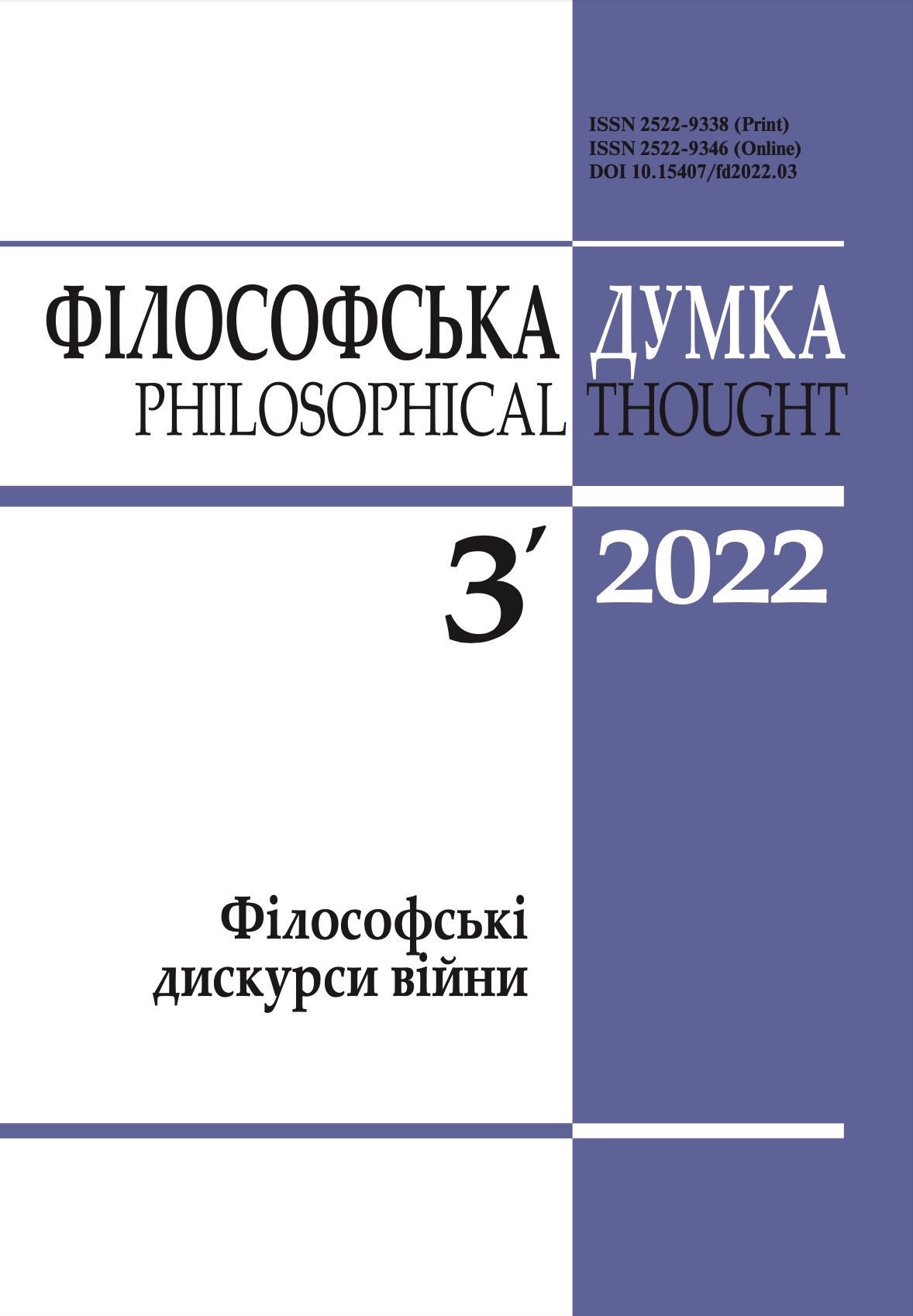WHY DOES PEACE STILL PREVAIL?
Essay
Keywords:
Immanuel Kant, war, peace, justice, state, democracyAbstract
The most influential thinker of the Age of Enlightenment, Immanuel Kant, is the author of the treatise on war and peace, “To Eternal Peace”, which is still unsurpassed in the realm of political and legal philosophy. Even today, this work helps to better understand the problem of the current war, as well as to answer the radical question: why should there be peace between people, and not war? Based on the thoughts of Kant, who builds his theory of peace primarily on reasonable, “reciprocal” egoism, the author of the essay makes the following conclusions in response to this Kant’s question. First, war not only destroys people’s well-being. It does violate justice. Secondly, the state, as an institution characterized by sovereignty, does not belong to anyone. Therefore, no one, like the president of Russia as of today, can demand, as he is doing, from the president of Ukraine to hand over the country or some part of it to him. Third, authoritarian states like Russia must allow their people what is called democracy. Namely, to recognize basic human rights in combination with the separation of public powers so that citizens could be able to act and work without intimidation and corruption.
Downloads
-
PDF (Українська)
Downloads: 161
Published
How to Cite
Issue
Section
License
Authors who publish with this journal agree to the following terms:
- Authors retain copyright and grant the journal right of first publication.
- Authors are able to enter into separate, additional contractual arrangements for the non-exclusive distribution of the journal's published version of the work (e.g., post it to an institutional repository or publish it in a book), with an acknowledgement of its initial publication in this journal.
- Authors are permitted and encouraged to post their work online (e.g., in institutional repositories or on their website) prior to and during the submission process, as it can lead to productive exchanges, as well as earlier and greater citation of published work (See The Effect of Open Access).


